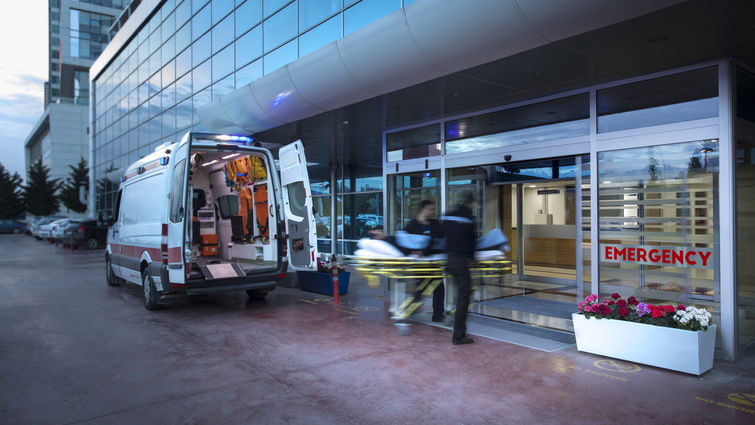
Sepsis is a medical emergency that can lead to serious complications. If signs of sepsis are recognized, call 911 or visit the Emergency Room immediately.
Sepsis is a life-threatening illness caused by the body’s extreme response to infection. The overactive response damages the body’s tissues and can lead to organ failures and death. Sepsis progresses rapidly and must be treated by medical professionals immediately.
Sepsis doesn’t only happen in a hospital setting. The CDC reports that of the 1.7 million adults in America who developed sepsis last year, 87% of cases began before the patient arrived at the hospital. Bacterial infections, pneumonia, COVID-19, influenza, and fungal or viral infections can cause sepsis.
Signs that an infection has progressed to sepsis:
- High heart rate or weak pulse
- Fever, shivers, or feeling very cold
- Shortness of breath
- Clammy or sweaty skin
- Extreme pain or discomfort
- Confusion or disorientation
H. Bryant Nguyen, MD, head of pulmonary and critical care medicine at Loma Linda University Health, has dedicated years of research toward lowering sepsis-caused mortality rates. He says it is possible to survive sepsis.
“Knowing the signs and recognizing sepsis early will influence yours or a loved one’s chance of survival,” Nguyen says. “Early treatment is essential before it progresses to the next stage called septic shock and further complications arise.”
Stages of sepsis
The immune system does its best to prevent infection by fighting germs, bacteria, etc. When infection occurs, the immune system continues to fight it. Sepsis begins when the body stops fighting the infection and instead attacks itself. Treatment includes antibiotics to fight the infection and medications to reduce inflammation.
The medical emergency progresses to severe sepsis when severe inflammation affects organ function. Difficulty breathing signals lung failure, low or no urine output signals kidney failure, and changes in mental status signal brain dysfunction. Patients with severe sepsis may require a respirator for breathing.
Septic shock is the most severe level of sepsis and is diagnosed when blood pressure drops to dangerous levels. Complications that follow are stroke, respiratory or heart failure, and possibly death. Patients receive medications to increase blood pressure, and some cases may require surgery to remove the source of infection, like abscesses and infected tissue. Nguyen says sepsis must be treated aggressively in the first six hours for decreased mortality rates and to prevent septic shock.
Lifestyle habits can decrease the likelihood of an infection turning into sepsis. Nguyen says to practice good hygiene to avoid developing new infections, take good care of your chronic health problems and illnesses as they arise, and stay up to date on vaccines.
Call or see your primary care doctor at the first signs of an infection or illness. If signs of sepsis are recognized, call 911 or visit the Emergency Room immediately.
